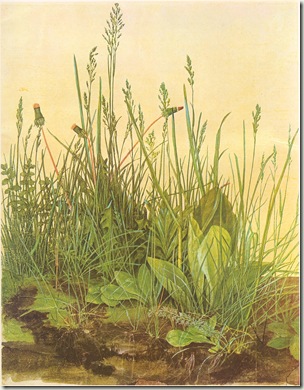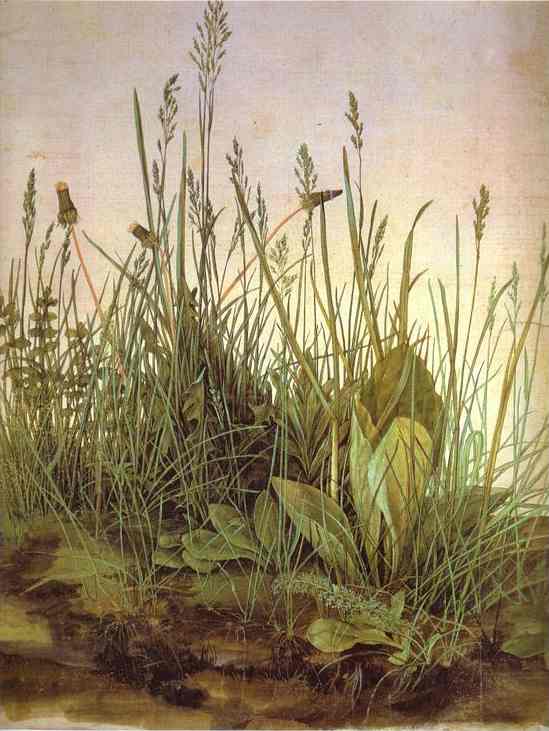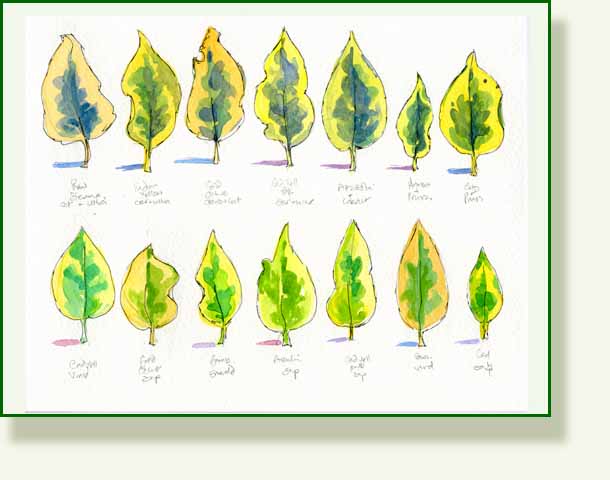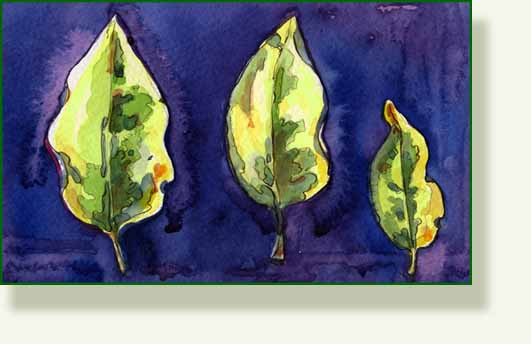My first week of dipping my toe in the manic buzzing twittering world that is social networking has been very mixed. I have found some good information and some awful dross.
I am wondering if Twitter is really just a big community of snippet kleptomaniacs? Do they actually read what they retweet or just skim the headlines?
Since starting to research bees, a good six months go now, I have wasted hours being directed to countless sites that have very slight “information”, mostly copied from other sites, often without attribution and often completely and utterly wrong.
I don’t want to rant or be a luddite but I really wish more people would just slow down and try to process the information before “publishing” it as fact. I am as guilty, sometimes but I do try to be accurate.
So this week I am slowing down, and am taking a step back and applauding the slow, the careful, the quiet and the considered. Hmmmm… after only a week this perhaps does not auger well for my new pushy self-promoting self does it? 🙂
The Charm of Just One Square Metre
One person who knows about taking his time is ecologist Dr Patrick Roper who for the last six years has been studying just one square metre of land in his garden and recording some of his findings on his blog. He says, of his wonderful project:
There is considerable fascination in the surprising variety of life in such a small area. If it were larger it would be regarded as a favoured place as several legally protected and nationally scarce species have been recorded. It also raises the question of how well we know anywhere and is a living demonstration of nature’s constant dynamic of one habitat changing to another and species coming and going, flourishing and declining.
In his recent post “Tussocking” Patrick has taken a lump of grass to see what he can find there after a hard winter.
“This excision leaves a hole of course, but this might fill up with interesting things in due time. Or you may even find something in it – I found a mauve plastic clothes peg, a survivor from the days when a washing line passed over the area.”
When I saw this I could not help making a comparison with Durer’s “The Large Turf” (or as we more affectionately call it “The Great Sod” ). Reading about Patrick’s finds…
“..two garlic snails Oxychilius alliarius; several Entomobrya nivalis springtails; the bark louse, Lepinotus iniquilinus; two rove beetles, Stenus flavipes and Tachyporus chrysomelinus; two herb hammock spiders, Neriene clathrata;and a woodlouse, Trichoniscus pusillus..”
….I found myself wondering what had been creeping in and out of the daisies, yarrow, plantains, dandelions, and pimpernels that Durer so carefully and sensitively painted.
In a delightful short BBC feature from “Springwatch” a couple of years ago here, you can see Dr Roper in his Square Metre.. (do have a look and see the sword swallowing grasshopper).
He imagines that he may, one day, be found as a petrified remain, transfixed and crouching by the edge of his small world. That, I guess, is what slowing down can do. In this tiny place you can share the comings and goings over the “Great Plantain Desert”, follow an ant along “Troy Track”, ponder “The Waste”, catch up with what might be occurring down in “Volepasture” or who is hanging out on “Butterfly Rock” as was this crane fly, from A Spring Cranefly – Dicranomyia chorea in 2007.
And Patrick must have the smallest pond in England.
There are many other delights to be found in his various blogs. I was very pleased to find him.. not least because my languishing PHD project parallels so much that he has to say. Thank you Patrick!
I feel it is time to shake the dust off the files and have another look. This is not a quick fix read, you have take your time and be willing to get down to ant level and consider the small things in life, to whom that one Square Metre is plant city.
Your rewards will be manifold if you do. Just don’t tell me you haven’t got time to slow down and look!.. just don’t tell me that. Stop talking, twittering, emailing, blogging, messaging, texting, slow down and just look.
I really did just that today, just for half an hour, and saw a kingfisher fishing.

![Metre tussock 017_thumb[1] Metre tussock 017_thumb[1]](http://lh4.ggpht.com/_j1cdMMQnYns/S4MFuyqhqjI/AAAAAAAAH9A/EnGmx1m7YSo/Metre%20tussock%20017_thumb%5B1%5D%5B3%5D.jpg?imgmax=800)










